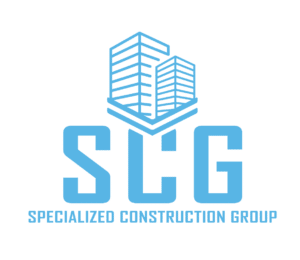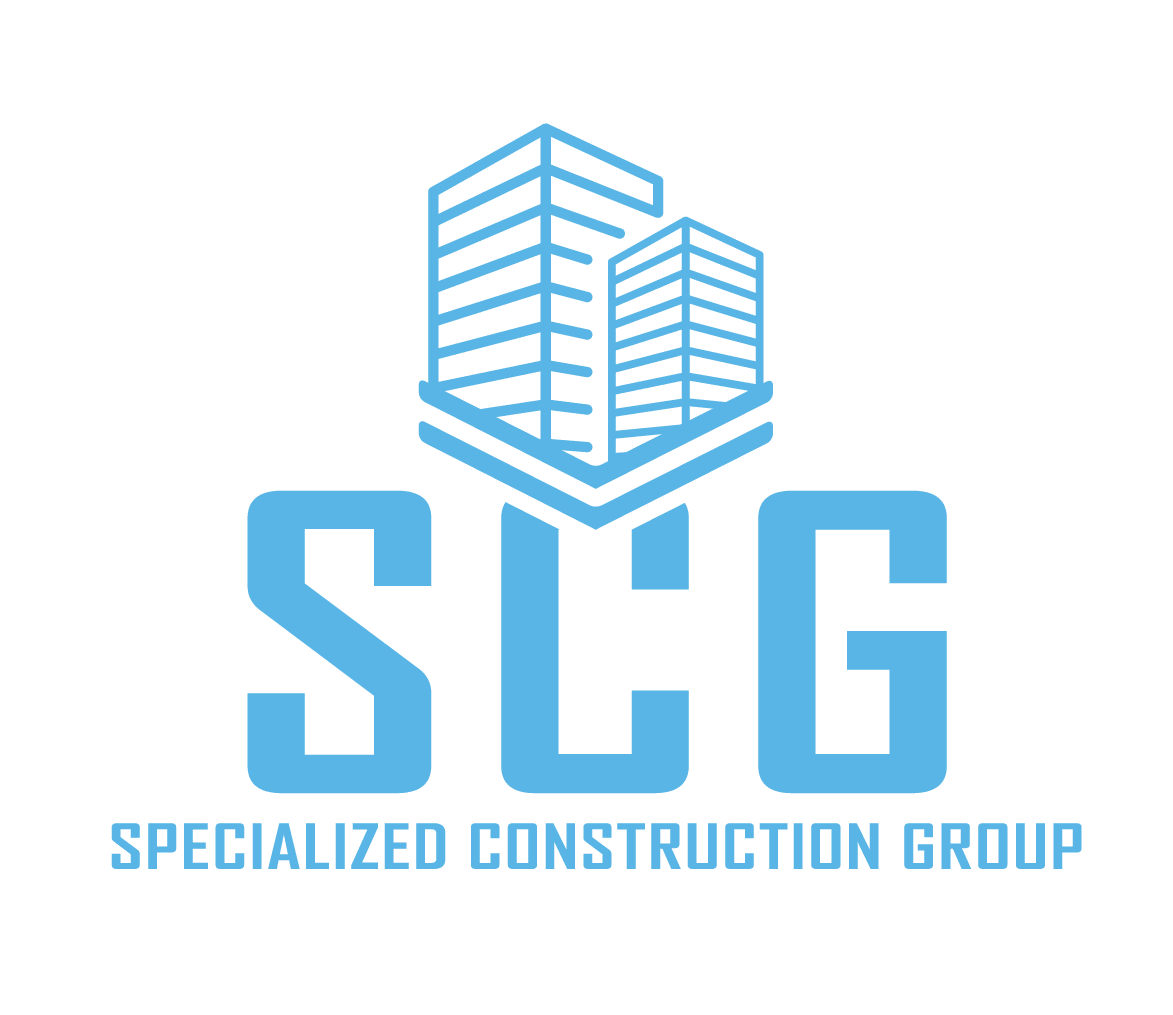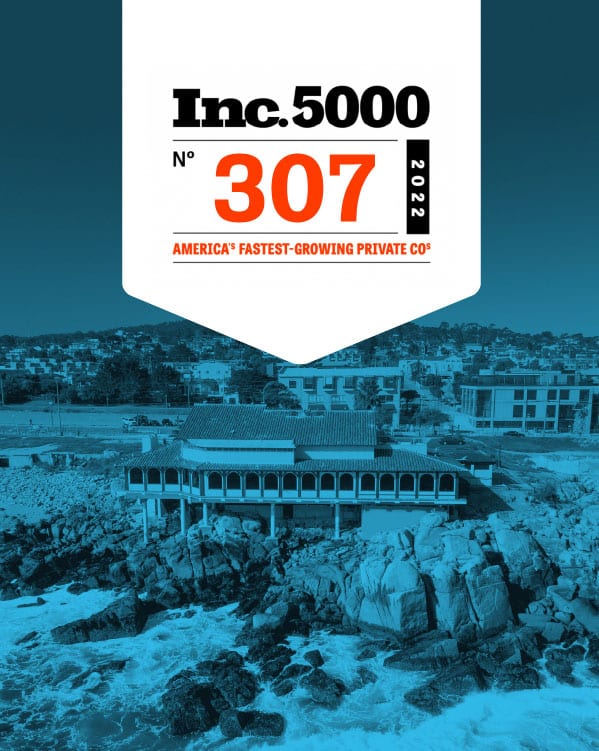Project & Construction Management
Managing your project, from start to finish.
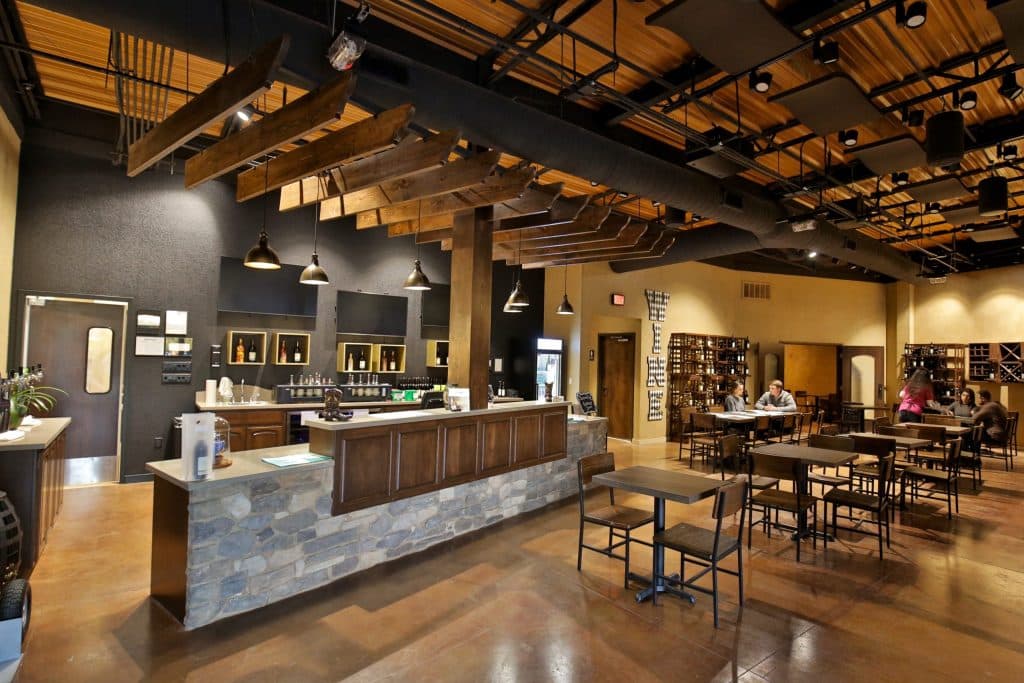

We are a team of experienced professionals specializing in the development, expansion, renovation, and refreshing of brick & mortar locations. Our goal is to help our clients successfully deliver complex projects on time and within budget.
What is project management?
Project management is a holistic approach to managing multiple projects or initiatives within a larger program. It involves coordinating resources, schedules, budgets, and stakeholders to ensure that all project objectives are met and that the program as a whole is delivered successfully.
Accounting for every detail
We have a proven track record of delivering successful project management services to clients in the retail, restaurant, and medical office industries. Our team has the skills, experience, and knowledge to help you meet your project objectives and deliver successfully.
There are numerous factors that will influence how the outcome and how the project will evolve to its final built form. The arrangement of these specifics relies on a strong understanding of the clients’ project that we develop.


Our project planning process
Any project, whether medical, retail, or restaurant, consists of basic planning needs that potentially influence the final process.
Developing a comprehensive project plan: This involves working with our clients to define the scope, objectives, and deliverables of their project. We help our clients identify the resources, budgets, and schedules needed to successfully execute the project, and we develop a plan that outlines all of the tasks and activities required to achieve the desired outcomes.
Coordinating multiple projects and initiatives: Project management involves coordinating multiple projects and initiatives within a larger program. We work with our clients to ensure that all of the projects and initiatives are aligned with the overall program objectives and are delivered efficiently and effectively.
Managing budgets and resources: Project management involves making sure that the project stays on budget and that resources are used effectively. We work with our clients to develop and monitor budgets, and we help them identify and allocate the resources needed to complete the project successfully.
Every detail is considered
We help companies achieve growth by facilitating their brick& mortar development, expansion, and renovation projects.
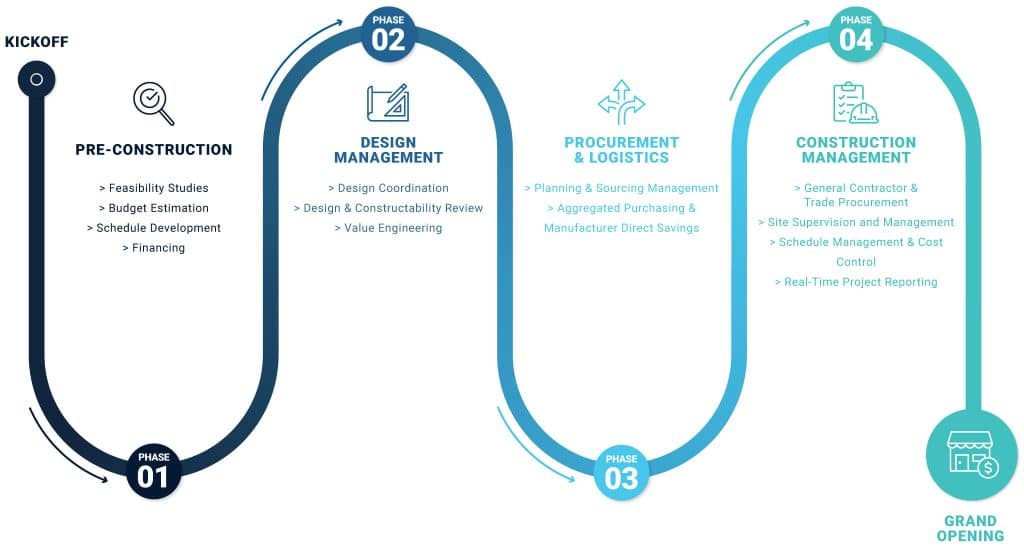
> Feasibility Studies
> Budget Estimation
> Schedule Development
> Financing
Management
> Design Coordination
> Design & Constructability Review
> Value Engineering
& Logistics
> Planning & Sourcing Management > Aggregated Purchasing & Manufacturer Direct Savings
Managment
> General Contractor &Trade Procurement > Site Supervision & Management > Scheduled Management &Cost Control > Real-Time Project Reporting
Seamless & efficient
We set out to change the industry. The result was a cohesive team approach that utilized technology to open lines of communication between all project participants. We’ve been ale to maximize efficiency, reduce costs, and expedite timelines.
- Systematic coordination
- Optimal efficiency
- Risk & error reduction
- Reduced timelines
- Cost control
- Standardized consistency
Our Strategy
Defining the SCOPE.
Defining the scope of a project is an important step in the planning process that involves establishing the goals, objectives, and deliverables of the project.
This typically involves the following steps:
1. Identify the purpose of the project
The first step in defining the scope is to understand the purpose of the project. This may involve identifying the business need that the project is intended to address, or the specific problem that the project is meant to solve.
2. Determine the project’s objectives
The next step is to determine the specific objectives of the project. These should be clear, measurable, and achievable, and should align with the overall purpose of the project.
3. Define the project’s deliverables
The scope of the project should also include a clear definition of the deliverables that will be produced as a result of the project. This may include products, services, or outcomes that the project is meant to deliver.
4. Identify any constraints or limitations
It is also important to identify any constraints or limitations that may impact the project. This may include budget constraints, time constraints, or other limitations that will need to be considered when planning the project.
5. Document the project scope
Once the scope of the project has been defined, it is important to document it in a clear and concise manner. This documentation will serve as a reference point throughout the project and will help ensure that the project stays on track and meets its objectives.
Developing the PLAN.
Developing a project plan is an important step in the planning process for project & construction management. It involves outlining the tasks and activities required to achieve the project’s objectives and deliverables.
This typically involves the following steps:
1. Review the project scope
The first step in developing a project plan is to review the scope of the project and ensure that it is well-defined and understood by all stakeholders.
2. Break down the project into smaller initiatives
The next step is to break down the project into smaller, more manageable projects or initiatives. This will make it easier to manage the project and will allow for more focused planning and execution.
3. Identify resources and budgets
The project plan should also include an assessment of the resources and budgets required to complete the project. This may include identifying the personnel, equipment, and other resources that will be needed, as well as the costs associated with those resources.
4. Create a project schedule
A project schedule is a timeline that outlines the tasks and activities that need to be completed in order to deliver the project. The schedule should include deadlines for each task, as well as any dependencies between tasks.
5. Develop contingency plans
It is also important to develop contingency plans in case any issues arise during the project. These plans should outline how to address potential risks or challenges that may impact the project’s success.
6. Review and refine the project plan
Once the initial project plan has been developed, it is important to review it with all stakeholders and refine it as needed to ensure that it is feasible and aligns with the overall goals and objectives of the project.
Determining DELIVERABLES.
Defining the project’s deliverables is an important step in the process of defining the scope of a project. Deliverables are the products, services, or outcomes that the project is meant to produce. They should and will be specific, measurable, and achievable, and will align with the overall goals and objectives of the project.
It is important to be specific and detailed when defining the deliverables for a project like this, as it will help ensure that the project stays on track and delivers the desired outcomes. It will also provide a benchmark against which the project’s success can be measured.
Some examples of deliverables that a project might produce include:
A detailed design plan
This would include architectural drawings, floor plans, and any other design documents that are needed to build the restaurant.
A list of materials and finishes
The project should produce a list of all of the materials and finishes that will be used in the construction of the restaurant, including flooring, countertops, and finishes for walls, ceilings, and other surfaces.
A construction schedule
The project should produce a construction schedule that outlines the tasks and activities that need to be completed in order to build the restaurant. This should include deadlines for each task and any dependencies between tasks.
A budget
The project should produce a budget that outlines the costs associated with designing and building the restaurant, including materials, labor, and other expenses.
As-built drawings
Upon completion of the construction, the project should produce as-built drawings that reflect the final design and construction of the restaurant.
A certificate of occupancy
The project should also produce a certificate of occupancy, which is a document issued by a local government agency indicating that the restaurant meets all of the necessary building codes and is safe for occupancy.
Providing the SERVICES.
PRE-CONSTRUCTION
- Site Surveys
- Scope Development
- Site Selection & Due Diligence
- Program Schedule Development
- Budget Estimating
- Vendor Qualification
- Finalization of Costs
- Permitting & Zoning Services
- Financing
DESIGN MANAGEMENT
- Design Standardization
- Prototype Design Support
- As-Built Plans
- Architectural Direction
- Value Engineering
- Cost Estimating/Assurance
- Management of Architects, Engineers, and Interior Designers
- Code Compliance
- Municipality Interfacing
- Permit Expediting
PROCUREMENT & LOGISTICS
- Manufacturer Direct Savings
- Aggregated Purchasing
- Bid/Award Assurance
- In-House Logistics Management, Warehousing, and FF&E Consolidation
- Planning and Sourcing Management
- Order Tracking
CONSTRUCTION MANAGEMENT
- Experienced Nationwide Project Management Expertise
- General Contractor and Trade Procurement
- Subcontractor Pre-Qualification
- Site Inspections
- Resource & Vendor Management
- Real-Time Project Reporting & Visibility
- Punch List Administration
- Project Close-Out and Completion
- Safety & QA/QC Review
Communicating and REPORTING.
As your partner and management team, it is our job to provide communication and reporting for the agreed-upon services on a regular basis. This may involve coordinating with the project team to execute the project plan, managing budgets and resources, and facilitating communication and collaboration among stakeholders.
We will also regularly monitor the progress of the project to ensure that it is on track and meeting its objectives. This may involve tracking progress against the project schedule, monitoring budgets and resources, and identifying and mitigating risks.
We feel it is important to keep our clients informed about the progress of the project and any issues or concerns that may arise. We will communicate with you on a weekly basis to provide regular status updates and reports, and to answer any questions or concerns that you may have.
Effective communication and regular updates are crucial to the success of the project. By keeping our clients informed and engaged, we can work together to ensure that the project meets its objectives and delivers the desired outcomes.
STANDARDIZING the Project.
Project standardization is the process of establishing consistent processes, procedures, and practices within a program. It is typically done after the project has been completed in order to ensure that the project can be replicated successfully in the future.
Upon completion of the steps, we are now able to replicate the process, eliminate inefficiencies, and execute the process again and again.
Here are some steps that might be involved in standardizing a project:
1. Document the project
The first step in standardizing a project is to document it in detail. This may involve creating a project manual or other documentation that outlines the processes, procedures, and practices that were used during the project.
2. Identify best practices
As part of the documentation process, it is important to identify any best practices or successful approaches that were used during the project. These can then be incorporated into the standardization process to ensure that they are used consistently in the future.
3. Train new team members
If the project will be replicated in the future, it is important to train new team members on the processes, procedures, and practices that were used during the project. This may involve providing training materials, conducting workshops, or providing hands-on training.
4. Review and revise
Once the project has been documented and training materials have been developed, it is important to review and revise the materials to ensure that they are accurate and up to date. This may involve soliciting feedback from team members or stakeholders who were involved in the project.
5. Implement standardization
Once the project has been documented and training materials have been developed, it is important to implement standardization across the organization. This may involve establishing policies and procedures to ensure that the processes, procedures, and practices are followed consistently.
Industry insights
We turn your vision
into a reality
Let SCG handle the complexities of your project, from site evaluation to design and construction.
